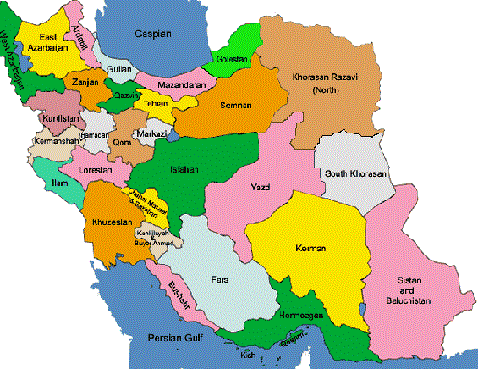Tarof a confusing action
When tourists come to Iran for the first time they face with a strange action which is called Tarof .But what is Tarof and how should we answer to this action?
1.WHAT IS TAROF ?
"Taarof or Tarof (Persian: تعارف) is an Iranian form of civility emphasizing both deference and social rank" forwarded from Wikipeda
Tarof is a social behavior that Iranian people do to show their respect to each other.For example I'm a taxi driver and the passenger asks me the price of fare but I answer with this sentence "No,I can't accept your money."or I say "Be my guest. " with these sentences which we call them Tarof we want to show our generosity , modesty and respect to the person.
2.WHY DO WE USE TAROF IN OUR RELATION SHIPS?
Using Tarof in the relation ships can create warm and intimate relation ship between two people and even make them friends .
3.HOW SHOULD WE ANSWER TO TAROF ?
You have two options: you can repeat your question or demand two times more or you can use this expression " MERCI KHAHESH MI KONAM "It means I understood your Tarof so don't countinue .
- ۰ نظر
- ۱۵ تیر ۹۶ ، ۰۸:۰۸


